A woman whose nose was ripped off in a vicious dog attack now has hair growing out of her skin grafts. What she’s going through is as odd and rare as it sounds, and it has left everyone shocked. Read on to discover her story.
She was attacked by her dad’s rescue dog.
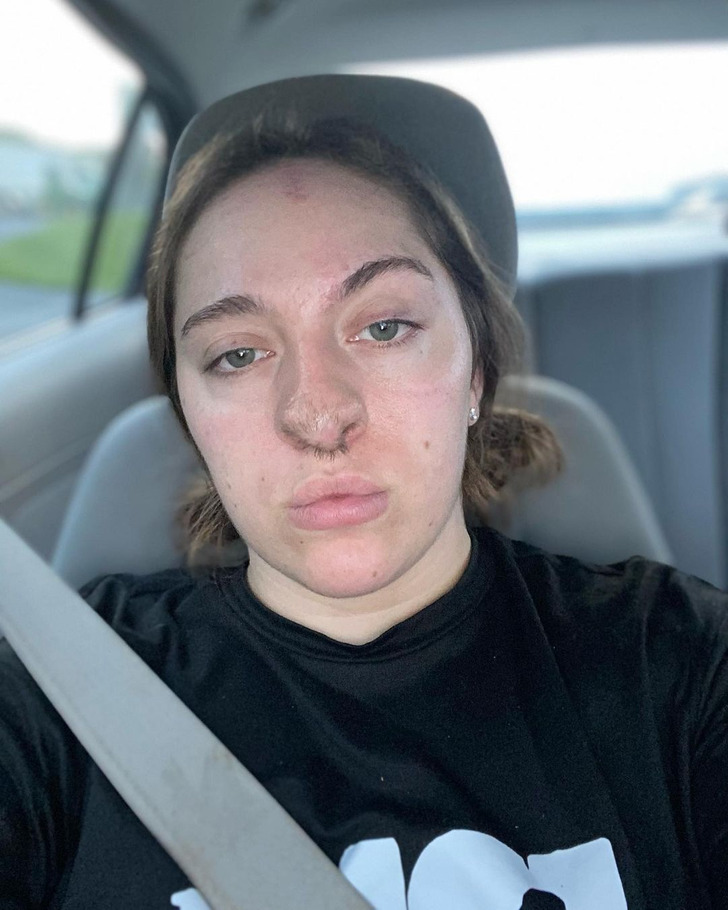
In September 2022, Trinity Rowles’ life took a dramatic turn when her dad’s rescue dog attacked her. The dog, a Pitbull-Bulldog mix named Irish, had always been a gentle giant, more like a “great big teddy bear.” Trinity often looked after him, especially when her dad was away. But on that fateful day, after an argument with her dad, the tension in the house may have set Irish off.
Trinity remembers the attack as completely out of character for Irish. She explained that breeds like Irish are very emotional and can react unpredictably in high-stress situations. “Animals can only communicate in so many ways,” she said. When she started to walk away, Irish suddenly attacked, leaving her shouting that the dog was biting her nose.
Rowles has very blurred memories about the episode.
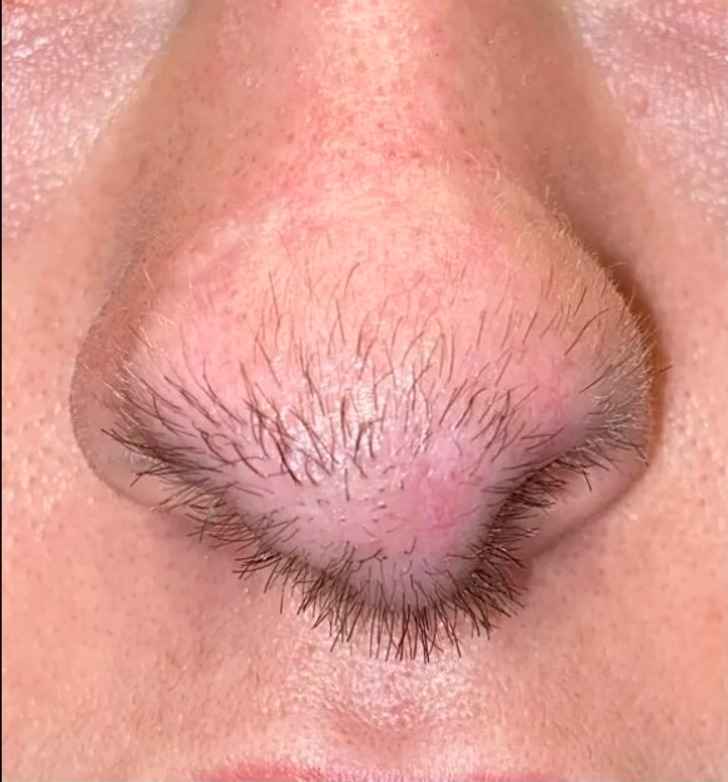
the hospital, and after that, her memories were a bit fuzzy.
The recovery had been long and painful.
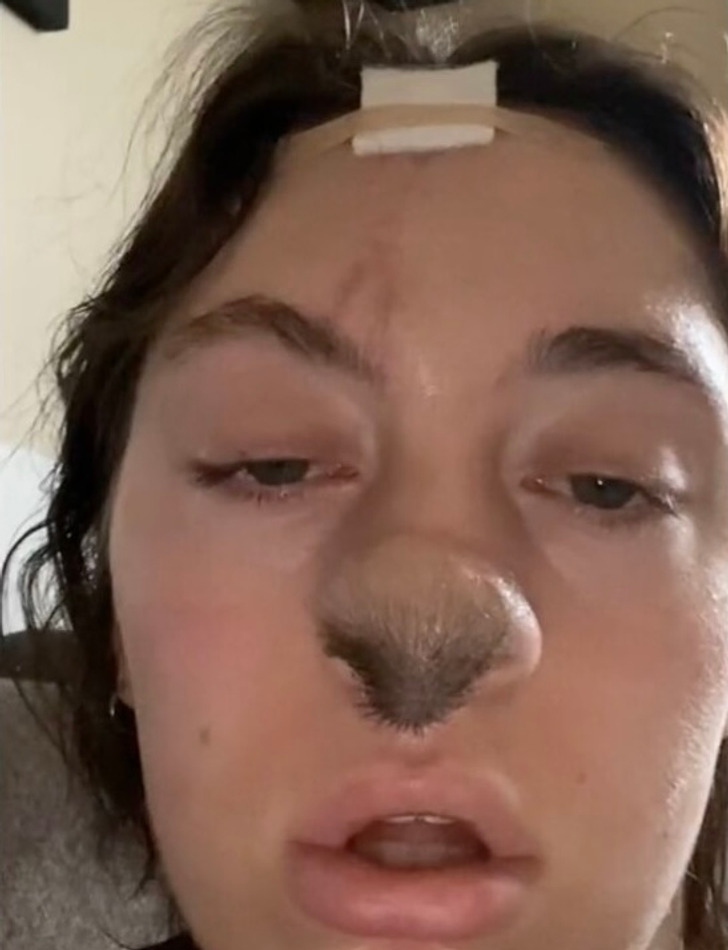
Trinity Rowles was in the hospital for four days after the attack and then had to go back for surgery to fix her nose. At just 20 years old, she’s already had four surgeries and might need up to six more to repair her face. One of the surgeries involved a skin graft from her forehead and scalp, which even led to hair growing on her new nose, something she is struggling with every day.
The whole experience left Trinity with PTSD (post-traumatic stress disorder), causing her frequent flashbacks, trouble sleeping, and a need for therapy and medication. To help cover the costs, a fundraiser was set up, and so far, over $6,400 has been raised toward the $10,000 goal.
The attack has shaken Trinity’s confidence, making it hard for her to accept her new appearance. She’s now much more aware of the dangers dogs can pose, something she hadn’t thought about before. On top of everything, she’s struggling with the mental impact of having hair grow on her nose, forcing her to shave twice per week.
She now has a whole community following her journey on social media.
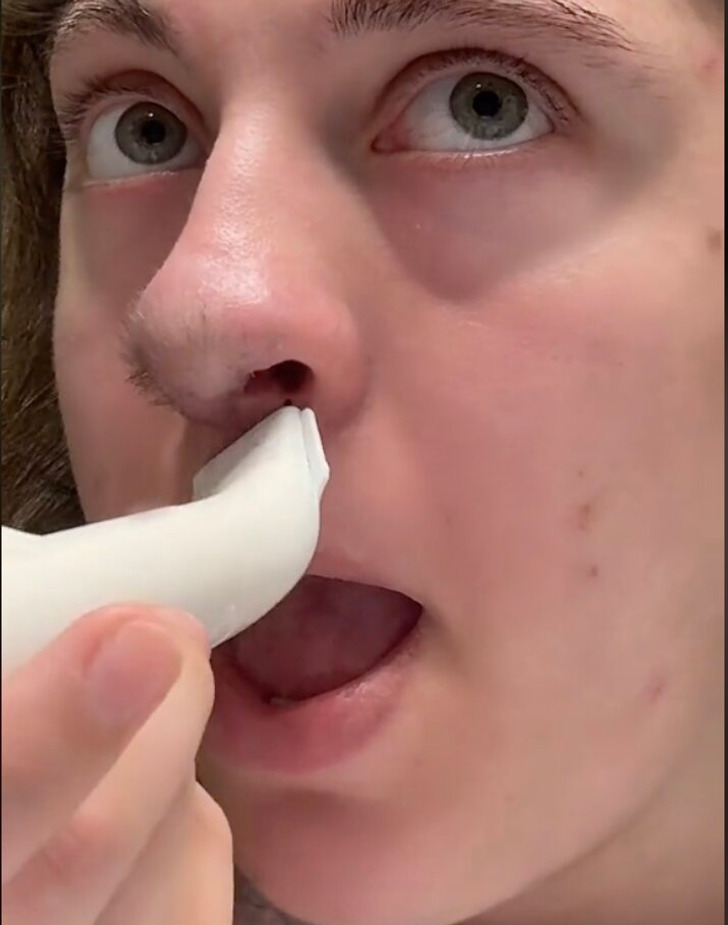
The 21-year-old has been sharing her recovery journey on TikTok, posting updates about her healing process, including the unexpected hair growth on her nose. In a recent video titled “Let’s remember to be nice to humans,” she reintroduced herself to her audience, many of whom know her from the attack by a family member’s dog.
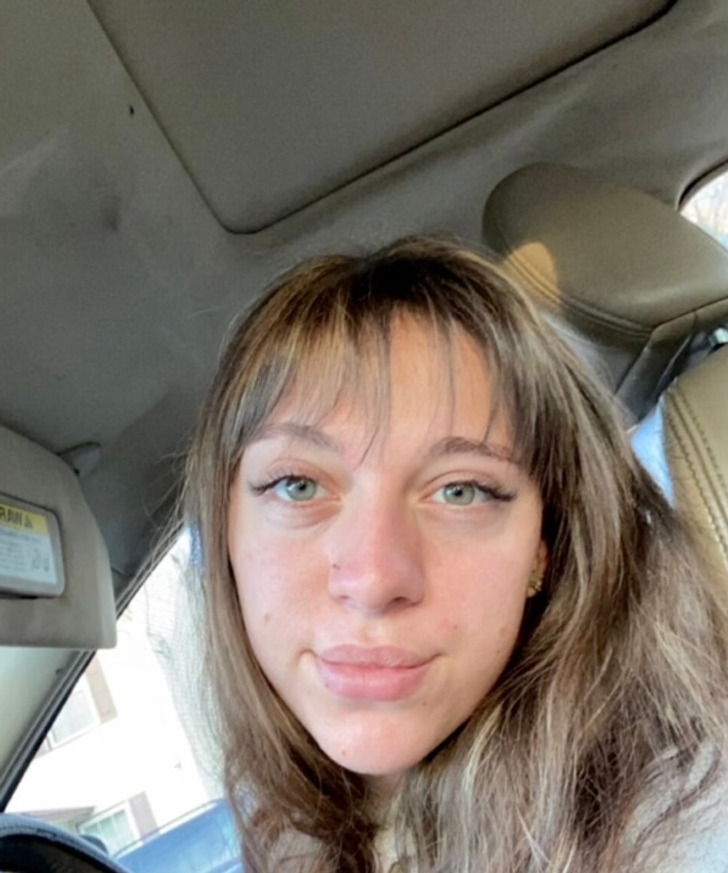
In the post, she expressed her gratitude to those who have supported her from the beginning and took a moment to address her critics. She acknowledged her appreciation for her supporters and suggested that despite the negativity from some, her experience has allowed her to connect with others who have faced similar situations.
Here, we explain why some hair can grow in extremely odd ways.
Poor Old Lady Rejected in Business Class Until a Photo of a Little Boy Falls from Her Handbag

An elderly woman named Rhea longed to reconnect with her son, so she decided to fly in business class, hoping to get closer to him. On the day of her flight, she felt nervous as she boarded the plane and took a seat among wealthy passengers. Wearing her best but worn clothes, she stood out, attracting disapproving looks from those around her.
Once seated, a man beside her noticed her and reacted with disgust. He called a flight attendant, complaining about her presence. Other passengers joined in, expressing their desire for Rhea to leave, claiming she didn’t belong in business class. Despite their harsh words, Rhea remained calm and told herself that things would get better, even as tears streamed down her face.
Feeling humiliated, Rhea decided to leave and began gathering her belongings. As she stood up, she stumbled and fell to her knees, scattering the contents of her purse. Instead of helping her, the man beside her stepped back, but an elegant older woman came to her aid, kneeling beside her.
The atmosphere shifted as the woman picked up a photo of a young boy from Rhea’s bag. Rhea shared that the boy was her son, whom she had to give up for adoption when he was five due to financial struggles. She had been searching for him for years and had finally learned he was now a pilot. To be closer to him, she saved money for this flight, which she saw as a birthday gift for herself.
As Rhea spoke, the passengers listened, and many were moved to tears. The mood in the cabin changed, and those who had mocked her began to feel ashamed. After sharing her story, Rhea gathered the courage to meet her son, who was piloting the plane.
When he announced over the intercom that his mother was on board for her birthday, the passengers applauded, and those who had previously criticized Rhea apologized. Finally, after years apart, Rhea was reunited with her son, Joseph, embracing him tightly.
This story teaches us the importance of kindness and perseverance. It shows that standing up for others can change lives and that never giving up on what matters most can lead to beautiful reunions. Share this story to inspire others and brighten their day.



Leave a Reply